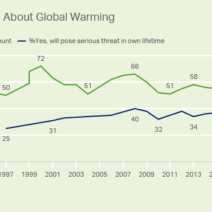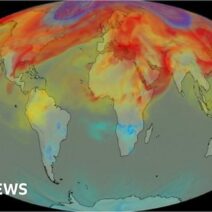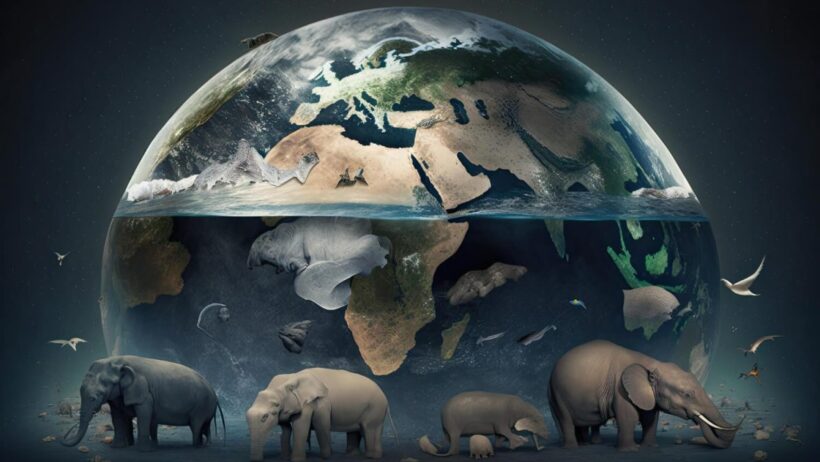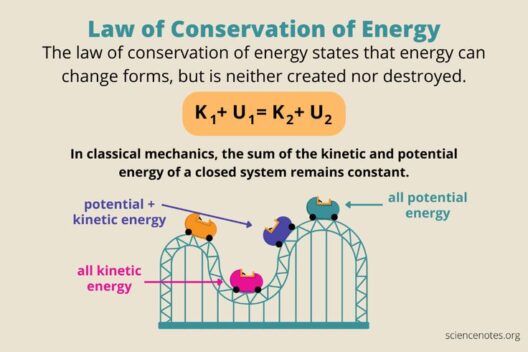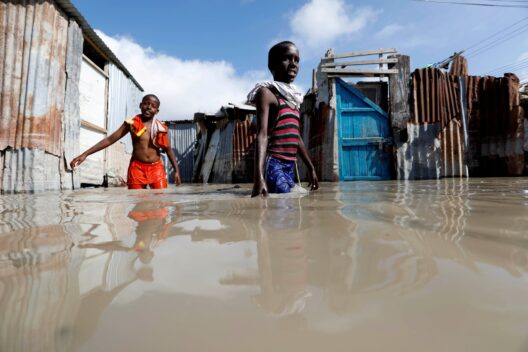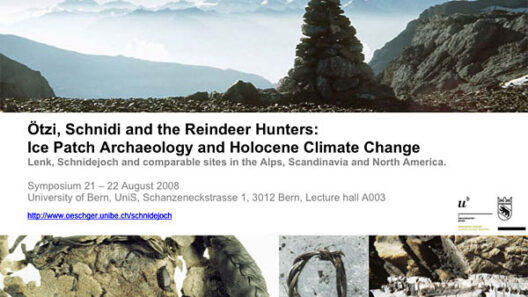The intricate dance of life on Earth, encompassing a spectacular array of species and ecosystems, is under siege. Human activities have catapulted biodiversity loss to alarming levels. Every species, from the smallest microorganisms to majestic mammals, plays a critical role in the stability of ecosystems. The pressing question arises: Does the destruction of biodiversity exacerbate global warming? The answer is resounding; yes, it does. To comprehend the complexity of this relationship, one must first appreciate the fundamental importance of wildlife and ecosystems.
Biodiversity refers to the myriad of life forms on Earth and their interactions within ecosystems. These systems provide invaluable services, including pollination, purification of air and water, and nutrient cycling, which are paramount for sustaining life and maintaining ecological balance. When species are lost, these functions are diminished, leading to destabilization of habitats and a cascading effect on the environment. The dominance of particular species can shift, leading to an imbalance that further exacerbates climate change.
One of the primary mechanisms by which biodiversity loss accelerates global warming involves the carbon cycle. Forests, wetlands, and marine ecosystems function as carbon sinks, absorbing carbon dioxide (CO2) from the atmosphere and mitigating the greenhouse effect. Trees and plants take in CO2 during photosynthesis, storing carbon in their biomass. However, when these ecosystems are degraded or destroyed, not only is this vital carbon storage capacity diminished, but the carbon stored in these systems is often released back into the atmosphere, further intensifying global warming.
Deforestation, a significant driver of biodiversity loss, is particularly pernicious. According to various studies, it is estimated that approximately 15% of global greenhouse gas emissions stem from deforestation. The loss of forests not only expunges the tree cover necessary for absorbing carbon but also disrupts local climates and precipitation patterns. As forests shrink, the earth’s ability to cool itself diminishes, creating a feedback loop where increased temperatures lead to further habitat destruction.
Moreover, the decline in biodiversity markedly affects the resilience of ecosystems. Resilience refers to the ability of an ecosystem to recover from perturbations, such as climate change or natural disasters. Diverse ecosystems tend to be more resilient, capable of withstanding environmental fluctuations. However, as biodiversity is compromised, ecosystems become increasingly fragile, thus struggling to adapt to rapid changes. This fragility can lead to phenomena such as algal blooms in aquatic ecosystems, which can produce toxins and further jeopardize both wildlife and human health.
In addition to altering the carbon cycle and resilience, biodiversity loss can profoundly disrupt local and global weather patterns. Ecosystems that are rich in species tend to promote stability in temperatures and precipitation levels. For instance, wetlands regulate hydrological cycles and mitigate flooding, while forests moderate local temperatures. The decline of such ecosystems can lead to erratic weather patterns, which not only contribute to global warming but also threaten population health and food security.
The plight of species is inextricably linked to the health of our planet. Each extinction not only represents a lost life but untold losses in genetic diversity, evolutionary history, and ecosystem functions. For instance, the decline of pollinators like bees has sparked concerns regarding food production. Crops that rely on animal pollinators represent a substantial portion of global agriculture. Their disappearance would not merely affect our diet but would ripple through the economy, impacting food security and livelihoods.
Conversely, uplifting wildlife populations can present a countermeasure to climate change. Initiatives aimed at reforestation, wetland restoration, and the protection of endangered species not only promote biodiversity but rejuvenate ecosystems capable of sequestering large quantities of atmospheric CO2. Marine ecosystems, particularly coral reefs and mangroves, serve as critical buffers against climate change. They absorb carbon and offer immense benefits to coastal communities, as well as habitats for countless marine species. Protecting these areas thus becomes an imperative for climate stability.
Societal perspectives on wildlife have evolved, with recognition of their intrinsic value beyond economic metrics. Wildlife and biodiversity are vital to cultural heritage, spiritual beliefs, and individual and collective identities. This intrinsic relationship fosters a sense of stewardship among communities, encouraging sustainable practices and conservation efforts.
In conclusion, the destruction of biodiversity acts as a catalyst in the progression of global warming. The interplay between declining wildlife populations, ecological function, and climate stability is a pressing concern that requires immediate attention. By promoting biodiversity, stabilizing ecosystems, and enhancing their resilience, society can take decisive action against the looming threat of climate change. Efforts to protect wildlife transcend mere environmentalism; they represent an essential commitment to safeguarding the planet’s future. The urgency to act is palpable, as the fate of wildlife—and indeed, our own civilization— hinges on the preservation of the rich tapestry of life that sustains us all.
